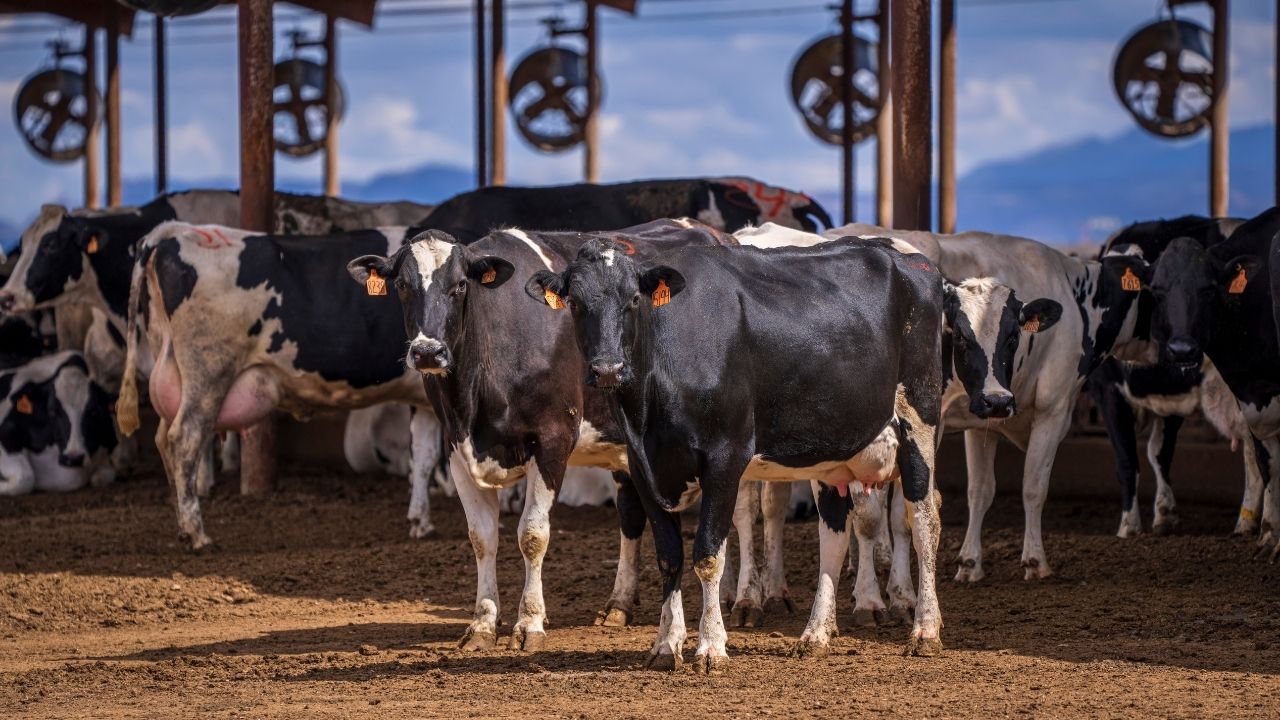When you’re standing in front of a wine shelf, the variety of bottles can be overwhelming, especially if you’re new to the world of wine. One of the most fundamental concepts to understand is the idea of wine varietals. These are essentially the types of grapes used to make wine, and each varietal has its unique characteristics, flavors, and textures. Understanding the differences between these varietals can help you choose wines that suit your tastes and elevate your experience. This beginner’s guide will walk you through the basics of wine varietals, how to recognize them, and how to pair them with food.
What is a Wine Varietal?
A wine varietal refers to the grape variety used in making a specific wine. The term is often used interchangeably with grape types, but it specifically refers to the dominant variety of grape in the wine. For example, a wine labeled as “Cabernet Sauvignon” is made primarily from the Cabernet Sauvignon grape, and it exhibits the flavors, aromas, and textures characteristic of that grape. Wine varietals are important because the grape variety influences the wine’s color, flavor profile, and mouthfeel.
Exploring Unique Wines for Special Celebrations
Special occasions often call for unique wine selections that align with traditions and dietary preferences. For celebrations that focus on cultural or religious significance, choosing wines that meet specific guidelines is essential. Many wineries now offer high-quality options crafted with care to suit these needs, ranging from dry reds to sweet whites. These Passover wines often feature distinct flavor profiles, such as notes of blackberry, cherry, or honey, making them versatile for pairing with traditional dishes. Whether you’re enjoying roasted meats or lighter fare, these wines elevate the occasion, blending history and flavor into a memorable dining experience.
The Importance of Terroir
While the grape variety plays a crucial role in shaping the wine, there’s another factor that can dramatically affect the final product: terroir. This French term refers to the environmental conditions where the grapes are grown, including climate, soil, topography, and other local factors. Terroir can alter the characteristics of a wine made from the same grape varietal, making two wines from the same grape taste quite different depending on where the grapes were grown. This is why the same varietal of wine can taste so different from one region to another. For example, a Cabernet Sauvignon from California will typically have bolder, fruitier flavors compared to one from Bordeaux, where cooler weather yields a more restrained, earthy style of the same varietal.
Common Red Wine Varietals
Red wines are perhaps the most well-known, and there are several key red wine varieties that every beginner should know. These varietals each have unique profiles and are perfect for different occasions and pairings.
- Cabernet Sauvignon: Often called the “king of red grapes,” Cabernet Sauvignon is one of the most popular and widely grown red wine varietals in the world. It typically produces full-bodied wines with deep flavors of dark fruits like blackcurrant, plum, and blackberry, along with hints of tobacco, spice, and oak. It’s a perfect choice for hearty meats, like steak or lamb.
- Merlot: Merlot is a softer, fruitier red wine compared to Cabernet Sauvignon. Known for its smooth, velvety texture, Merlot often features flavors of red fruits like cherries and raspberries, with subtle notes of chocolate, herbs, and vanilla. Merlot pairs well with a variety of dishes, including grilled chicken, pasta, and mild cheeses.
- Pinot Noir: A more delicate and light red wine, Pinot Noir is known for its bright red fruit flavors, such as strawberries, raspberries, and cherries, along with earthy undertones of mushroom, spice, and leather. Because of its lighter profile, Pinot Noir is a great match for roasted chicken, duck, and dishes with earthy flavors like mushrooms.
Common White Wine Varietals
White wines are just as diverse as their red counterparts, offering a wide range of flavors and aromas that suit different occasions. Some popular white wine varietals include:
- Chardonnay: One of the most versatile and widely produced white wines, Chardonnay can range from fresh and crisp to rich and buttery. In cooler climates, It is often light and citrusy, while in warmer regions, due to oak aging, it can develop flavors of ripe tropical fruit, butter, and vanilla. Chardonnay is an excellent choice for seafood, poultry, and creamy pasta dishes.
- Sauvignon Blanc: Known for its crisp, refreshing acidity, Sauvignon Blanc often exhibits green, herbaceous notes like grass, green apple, and lime, with a touch of minerality. This wine is particularly great with fresh salads, goat cheese, and seafood, thanks to its ability to cut through rich or fatty dishes.
- Riesling: Riesling is a highly aromatic white wine that can range from dry to sweet. It often features vibrant fruit flavors like peach, apricot, and citrus, with floral and honeyed notes. Riesling pairs wonderfully with spicy foods, such as Thai or Indian cuisine, as well as rich, creamy dishes like pâté and foie gras.
The world of wine varietals is vast, and part of the fun of learning about wine is experimenting with different types and discovering new favorites. Whether you prefer the bold flavors of a Cabernet Sauvignon or the refreshing zest of a Sauvignon Blanc, there’s a wine varietal out there for every palate. As you continue your wine journey, you’ll develop your taste preferences and gain a deeper appreciation for the subtle differences between varietals. So don’t be afraid to explore, try new wines, and find the perfect varietal to suit your style.
By understanding the basics of wine varietals, you’ll not only become more confident in your wine choices but also open the door to an exciting world of flavor and discovery. Cheers to your wine exploration!









































